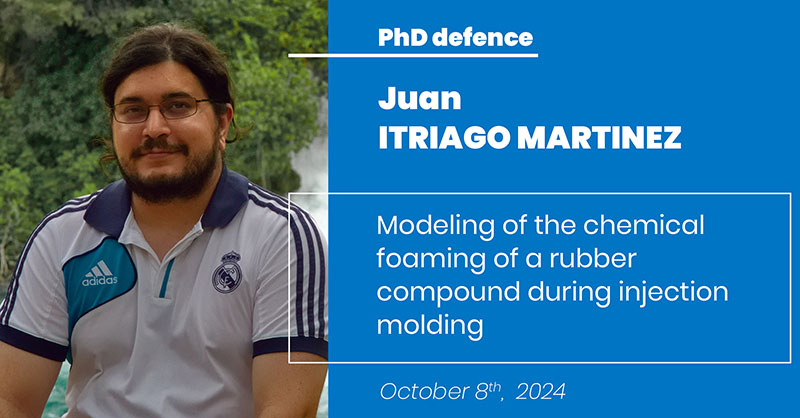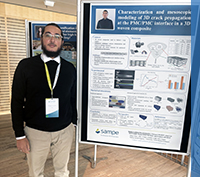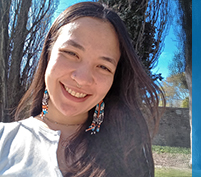PhD defence of Juan Itriago Martinez
Modeling of the chemical foaming of a rubber compound during injection molding

Juan ITRIAGO MARTINEZ conducted his research work in the CFL team under the supervision of Edith Peuvrel-Disdier and Patrice Laure. He will defend his PhD in Computational Mechanics and Materials on October 8th, 2024 in front of the following jury:
M. Jean-Charles MAJESTE Université Jean Monnet Rapporteur
M. Chung Hae PARK IMT Nord Europe (Ecole Nationale Supérieure Mines Télécom Lille Douai) Rapporteur
Mme Nadine ALLANIC Université de Nantes Examinatrice
Mme Edith PEUVREL-DISDIER CNRS Examinatrice
M. Patrice LAURE CNRS Examinateur
M. Benjamin BUJEAU HUTCHINSON S.A. Invité
Abstract:
The cellularization of rubber compounds enables the production of parts with reduced weight, good insulation capabilities, and improved shock resistance. The objective of this work was to better understand and model the foaming process of chemically blown rubber parts under injection molding conditions. This PhD thesis proposes a model that describes the growth of bubbles in this complex medium. The model uses a coupled experimental and numerical approach, and it is able to predict the foam density evolution based on the pressure and thermal history.
A bubble growth model (BGM) was modified to account for the specific physical phenomena associated with chemically blown rubber foams. It considers the kinetics of gas generation and the viscosity increase caused by the vulcanization process. This chemo-rheological model is valid up to the gel point (fluid-solid transition) where bubble growth is assumed to stop. The modeling requires the experimental identification of parameters and laws. Special attention was given to the characterization of the gas generation and vulcanization kinetics. A parametric study was conducted using the BGM to identify the key parameters of the foaming process. A simpler model, based on gas generation kinetics, was also developed to predict the evolution of the foam volume and density. This kinetic-based model showed comparable predictions to the BGM ones, while requiring fewer parameters, which is of interest for a future integration of the model to a macroscale simulation of the injection molding process. Finally, original foaming experiments (dilatometric techniques) in controlled thermal conditions and pressure levels were developed to validate the models. A good agreement between the model’s predictions and the experimental results was found, specially under free-foaming conditions.
Keywords: Chemical foaming, rubber foams, injection molding, bubble growth, chemo-rheological model, modeling








